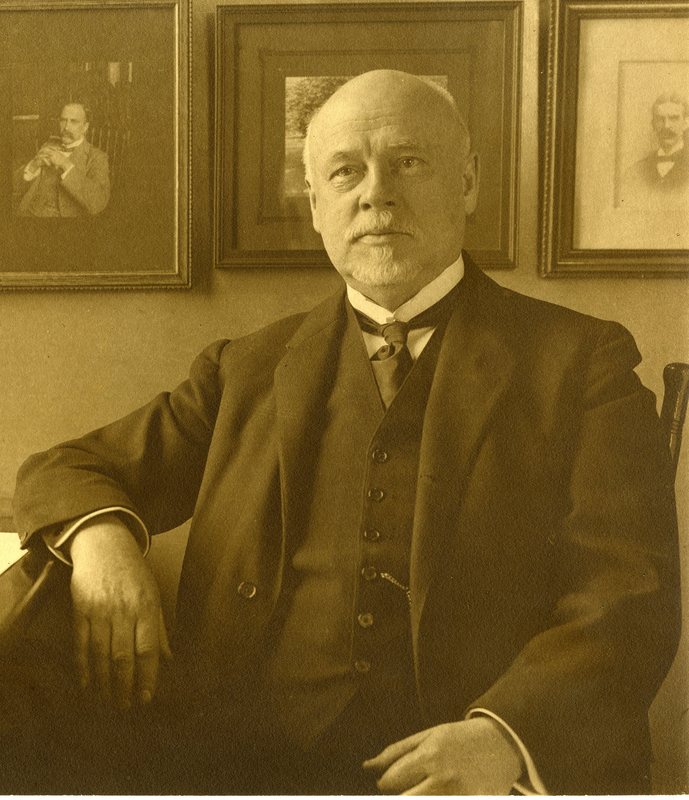Legacy
President Eliot's address on September 26th was followed by a speech by William Henry Welch, Professor of Pathology at Johns Hopkins University. His speech, "The Unity of the Medical Sciences," emphasized the use of the new Medical School buildings not only for education but also for original research: "Rare, indeed, are the thinkers, born with the genius of discovery and with the gift of the scientific imagination to interpret in broad generalizations and laws the phenomena of nature. These last are the glory of a university."
Welch's words touch upon the true significance of the new Medical School buildings—it is not the structures themselves, however beautiful or functional they are, but the education and research which take place within their walls which is important—and that significance remains true to this day. In addition to construction of the buildings, the generous gifts and endowments of many benefactors brought the Medical School into new areas such as physiology, bacteriology, cancer research and comparative pathology, public health, and tropical medicine, and as it moved into the 20th century, Harvard began to clarify its affiliation with the local teaching hospitals, such as the Peter Bent Brigham and Children's, as those institutions moved into the Longwood area, providing students with ample opportunities for clinical training. The Harvard Medical School as it exists today has its true origins in the vision, foresight, and generosity of the faculty and benefactors of a century ago.


